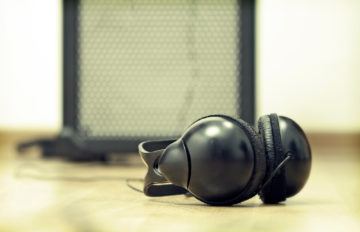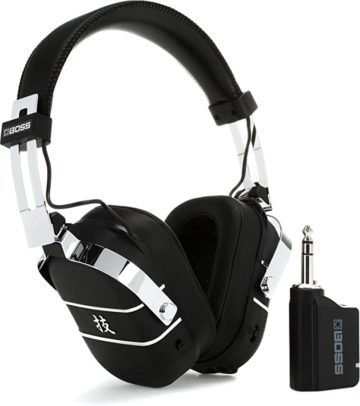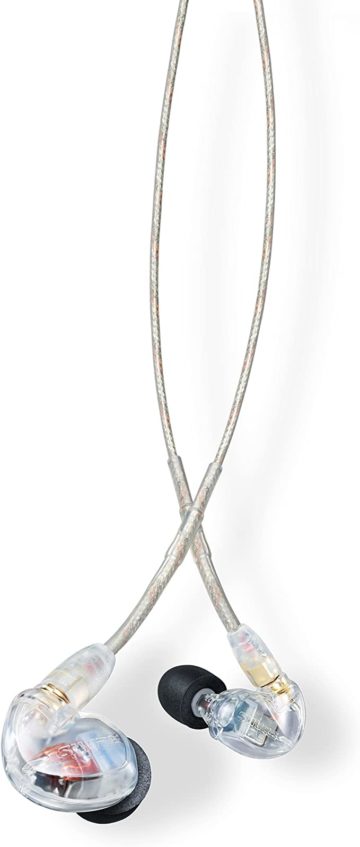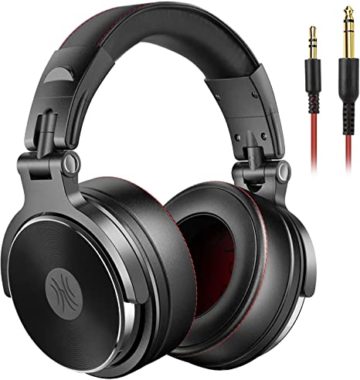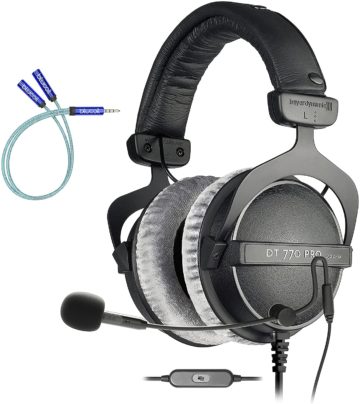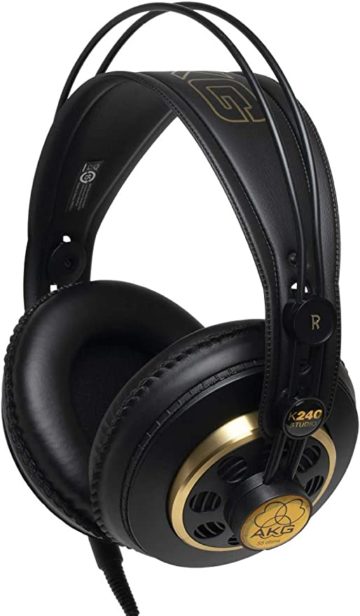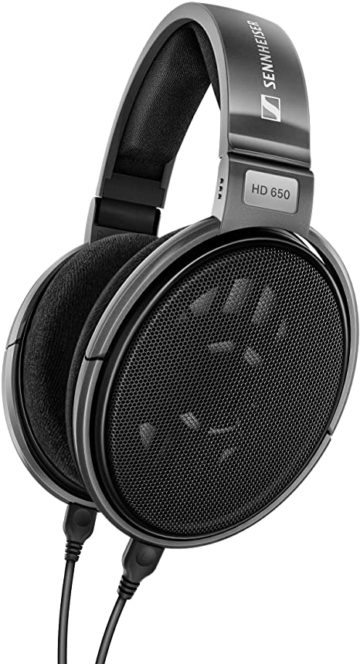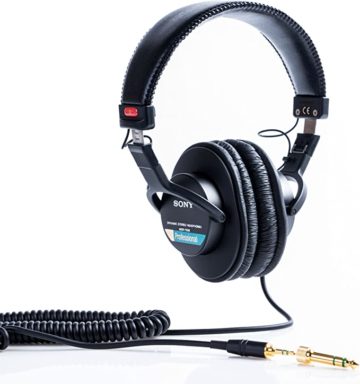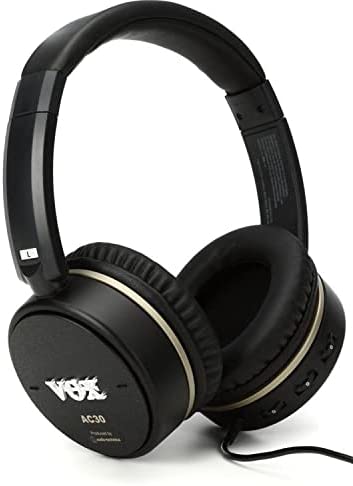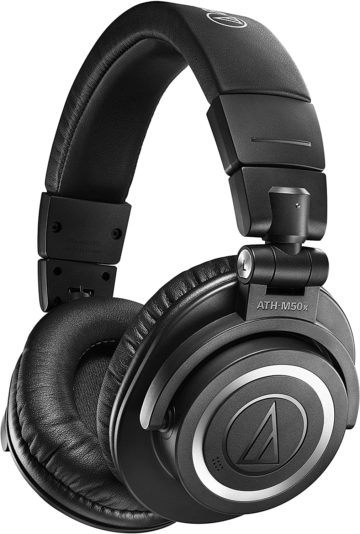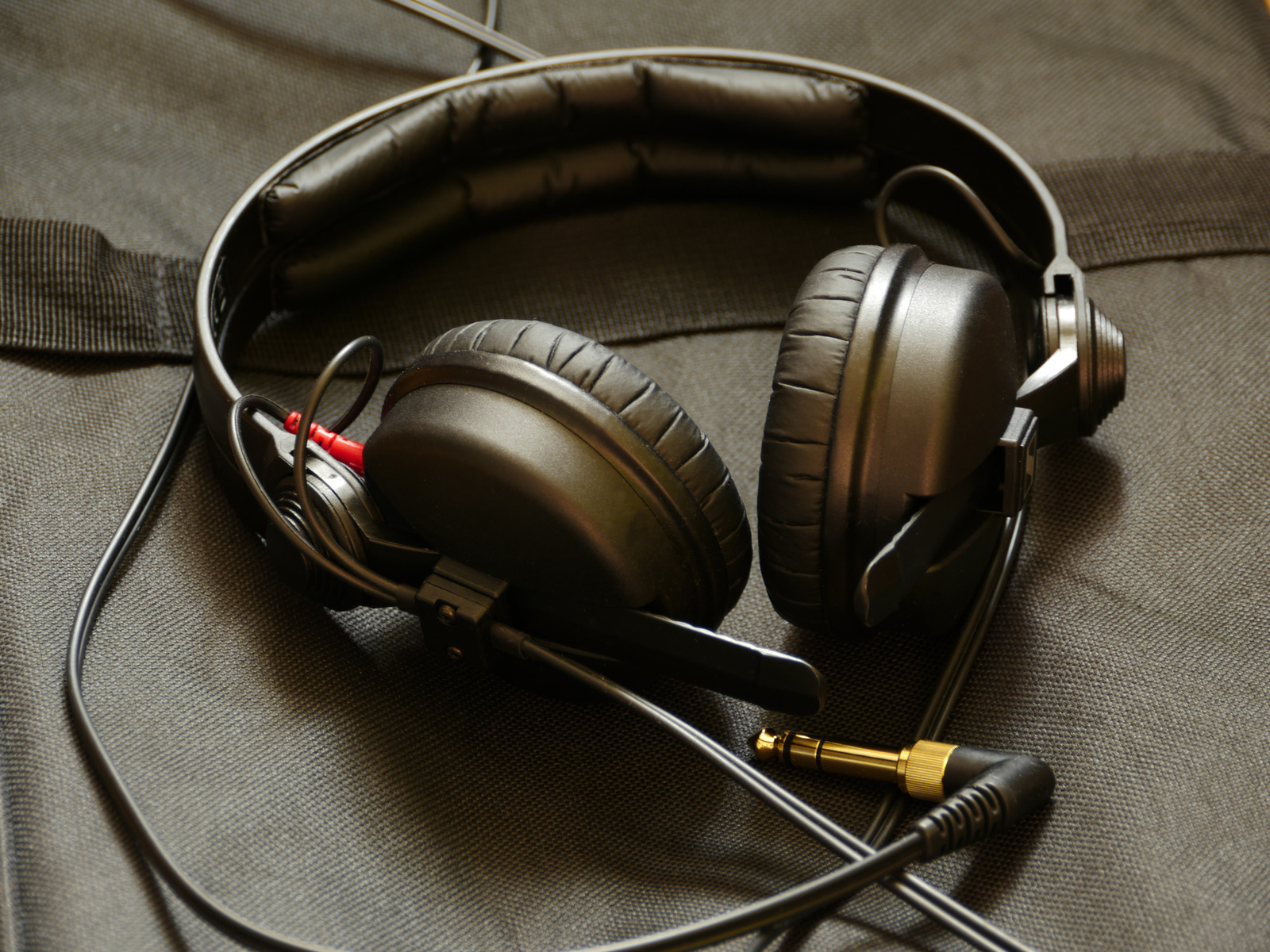The Boss Waza-Air is one of the best guitar amp headphones for guitarists who don’t want to lug around extra cables and accessories. This pair of headphones feature a built-in guitar/headphone amp, wireless transmitter, and spatial audio, along with the Boss Waza Air app for customizing the guitar sound and adding effects.
Best Electronic Drum Headphones
Unveiling the top electronic drum headphones - from budget finds to premium sound quality. Elevate your drumming experience now!
